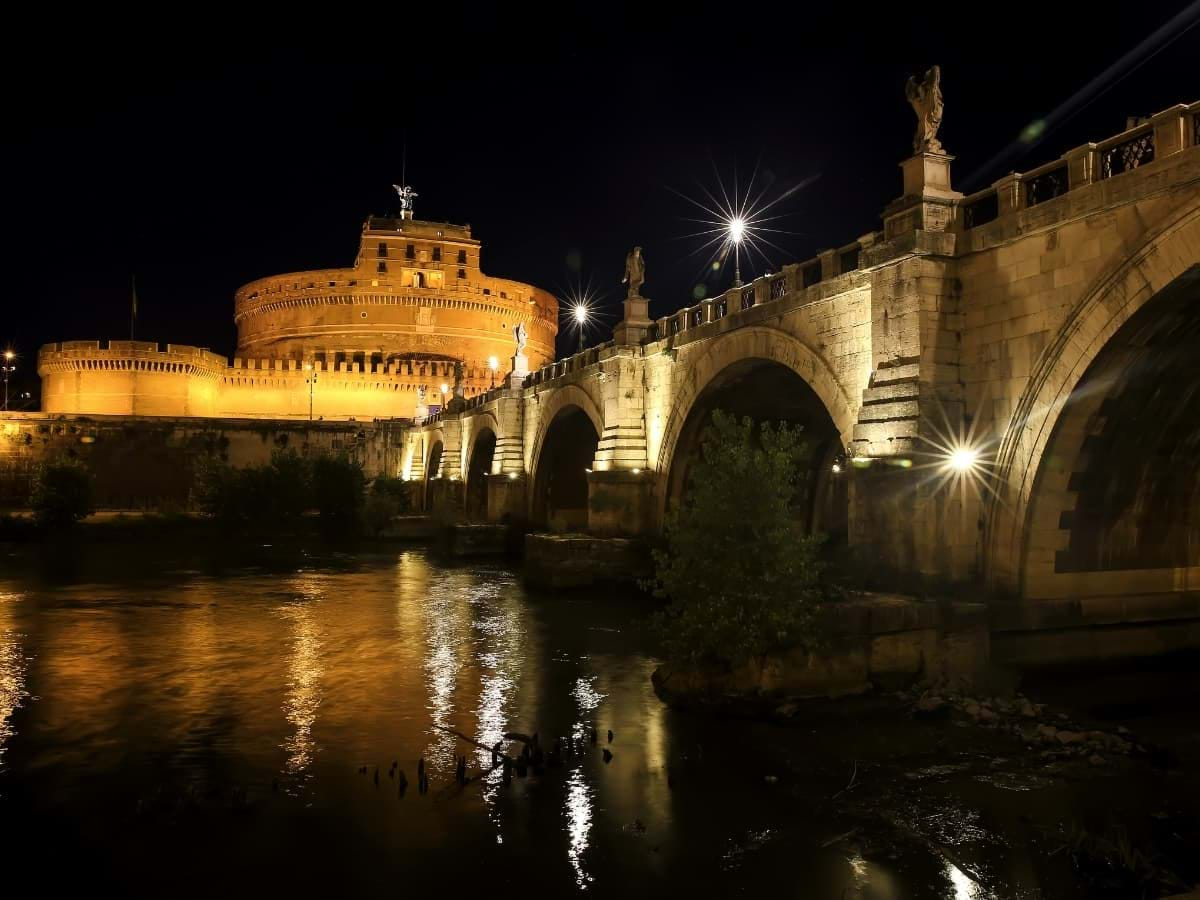With nearly 3,000 years of history under its belt, Rome is bound to have a few unsavory secrets hidden beneath its veneer of grandeur, right? And while a cursory exploration of the city may turn up only splendor and magnificence, a closer examination will reveal troubling tales and shadowy locales, where evidence of unpleasant chapters from Rome’s past still linger to the present day.
Rome’s Curious Relationship with the Departed

A reminder of the swift passage of life
If ever a site could compel visitors to ponder their mortality, the Capuchin Bone Chapel is it. The chapel comprises a series of dimly-lit subterranean chambers, located beneath the church of Santa Maria della Concezione, and is decorated with the decaying skeletal remains of some 4,000 or so Capuchin monks. Come face to face with the dead in the famous Bone Chapel.
What you are now, so once were we. What we are now, so you will be.
As well as artful arrangements of skulls, pelvises, fingers and leg bones (some of which would fit in quite nicely on the walls of MoMA and Tate Modern), there are also a few full mummified bodies decked out in monk robes as well as some child-sized skeletons. The assortment of dead bodies is a strangely beautiful sight. It’s not only ghoulish but also stirring, particularly after having read the sign in the crypt that reminds all who enter, “What you are now, so once were we. What we are now, so you will be.”
The impermanence of life is also brought to the fore at Santa Maria dell’Orazione e Morte on Via Giulia just behind Palazzo Farnese, which is perhaps unsurprising since the church’s name translates to ‘St. Mary of Eulogies and the Dead’. The entrance, featuring understated winged skulls that could easily be overlooked by the less keen-eyed visitors, subtly hints at the subject of death. The crypt inside, however, is anything but subtle, with strewn body parts and bones every which way you look, including vertebrae chandeliers hanging overhead.

Today me, tomorrow you...
The Ghosts of Rome’s Past
Even among the most prolific modern-day murderers, it is rare to find total victims that go beyond the double digits. But Rome’s most notorious 17th-century female killer, Giulia Tofana, managed to rack up a death toll of around 600 using Aqua Tofana, an undetectable poison. For Tofana, murder was a business. She offered her services to women who had been forced into loveless, toxic marriages from which there appeared no other escape. Visitors to Rome today can see the house where the infamous Tofana lived and plotted her poisonings.
Spectral Figure
Of course, Tofana isn’t the only ghost to haunt the Eternal City. Ghostly sightings of Beatrice Cenci, the 22-year-old noblewoman who was beheaded in 1599 for murdering her abusive father, also abound. Her spectral figure is said to appear on the bridge leading to Castel Sant'Angelo and she has become a symbol of resistance against the powerful for the people of Rome

Legend has it that Beatrice returns once a year on the bridge carrying her head
Long History of Public Execution
As the center of the Roman Empire and the Papal States, the city also has a long history of public execution, with one prolific figure in particular – Mastro Titta – standing out among the crowd. Mastro Titta was the longest-serving boia or executioner for the Papal States in history. He was active between 1796 and 1865 and is thought to have put an end to more than 500 lives. His blood-stained clothes as well as some of his execution tools, including axes and guillotines, are now on show at Rome’s Museum of Criminology.
Curious about these creepy attractions? The Capuchin Bone Chapel can be seen as part of our Original Rome Catacombs tour, while the history of the Santa Maria dell’Orazione e Morte and the story of Giulia Tofana are covered during our Mystery Tour of Rome. Check out our full list of Rome tours for a perspective on the Eternal City you will never forget!


